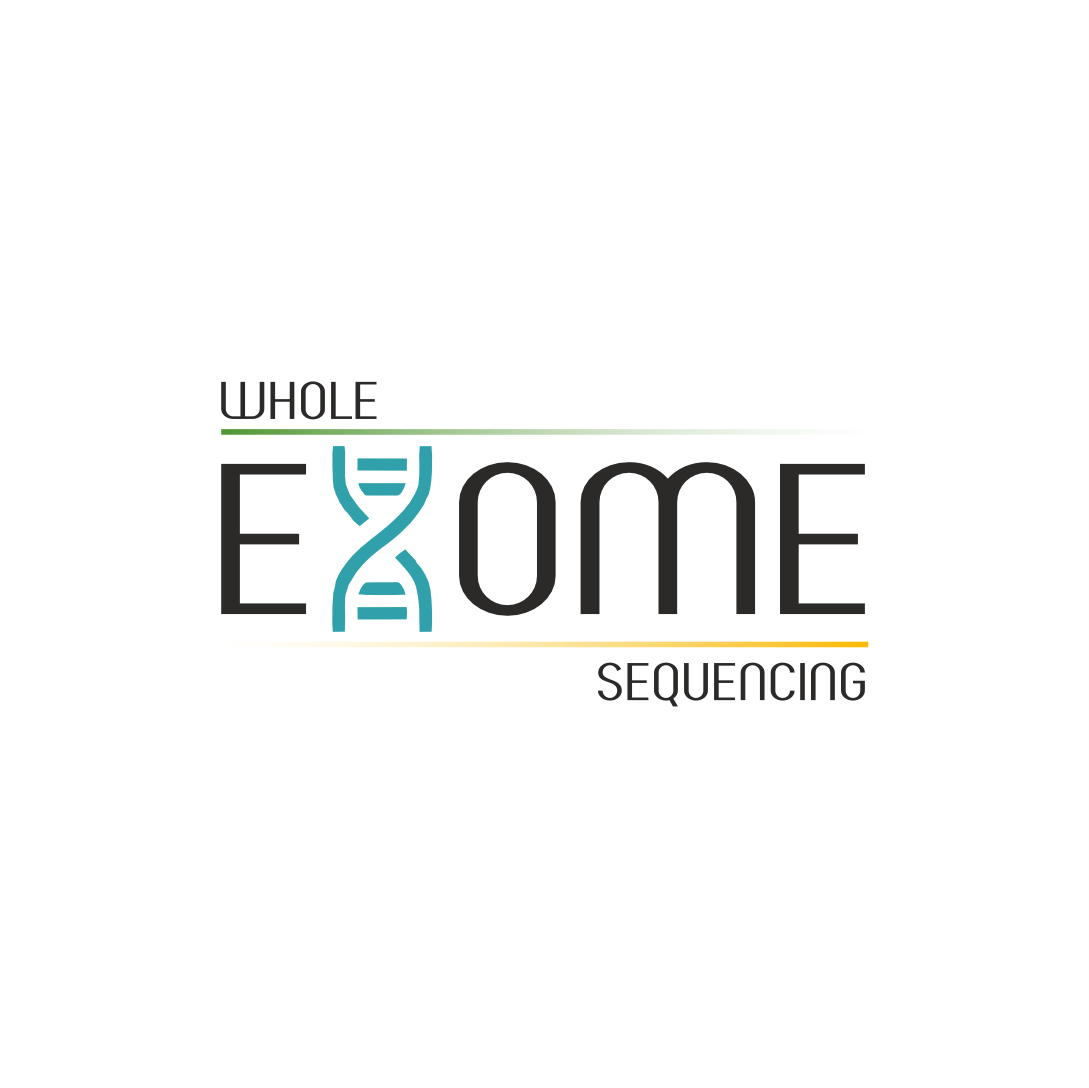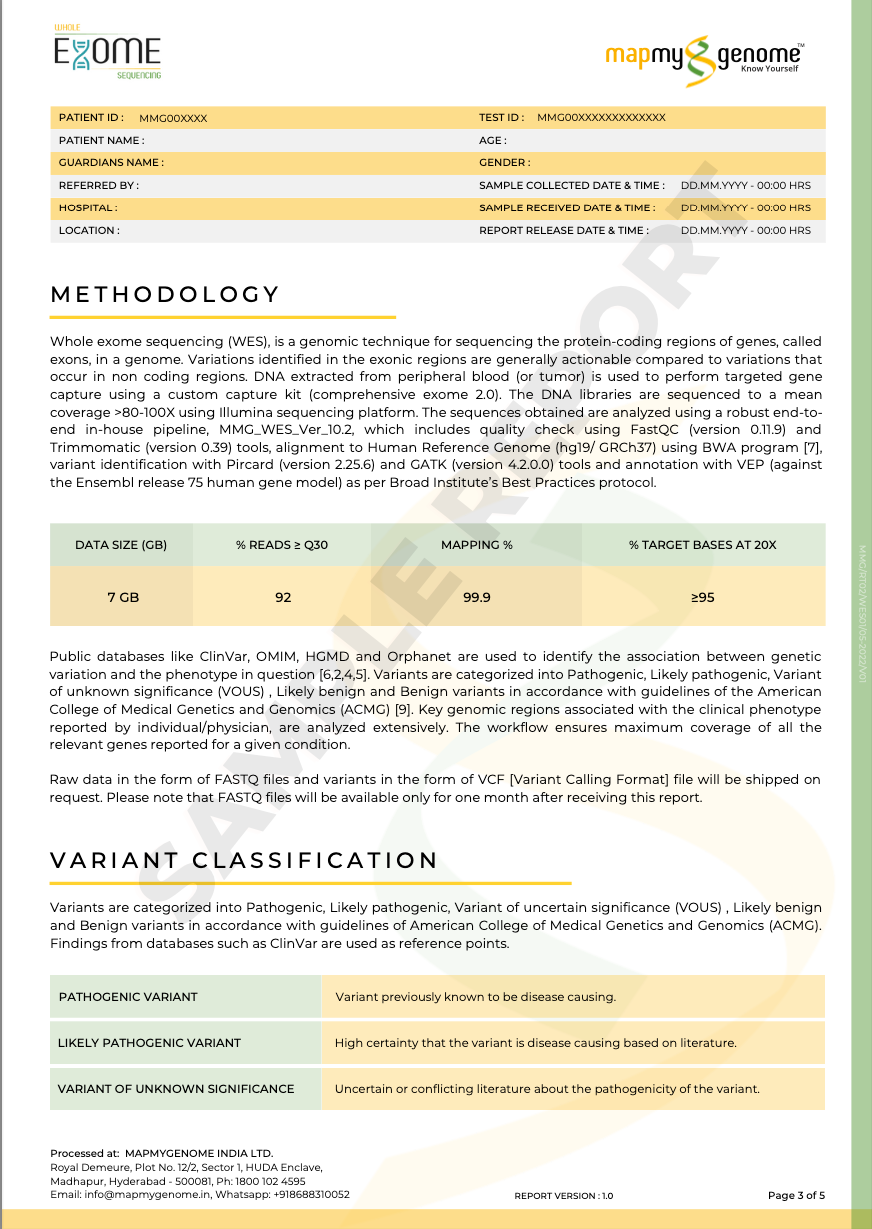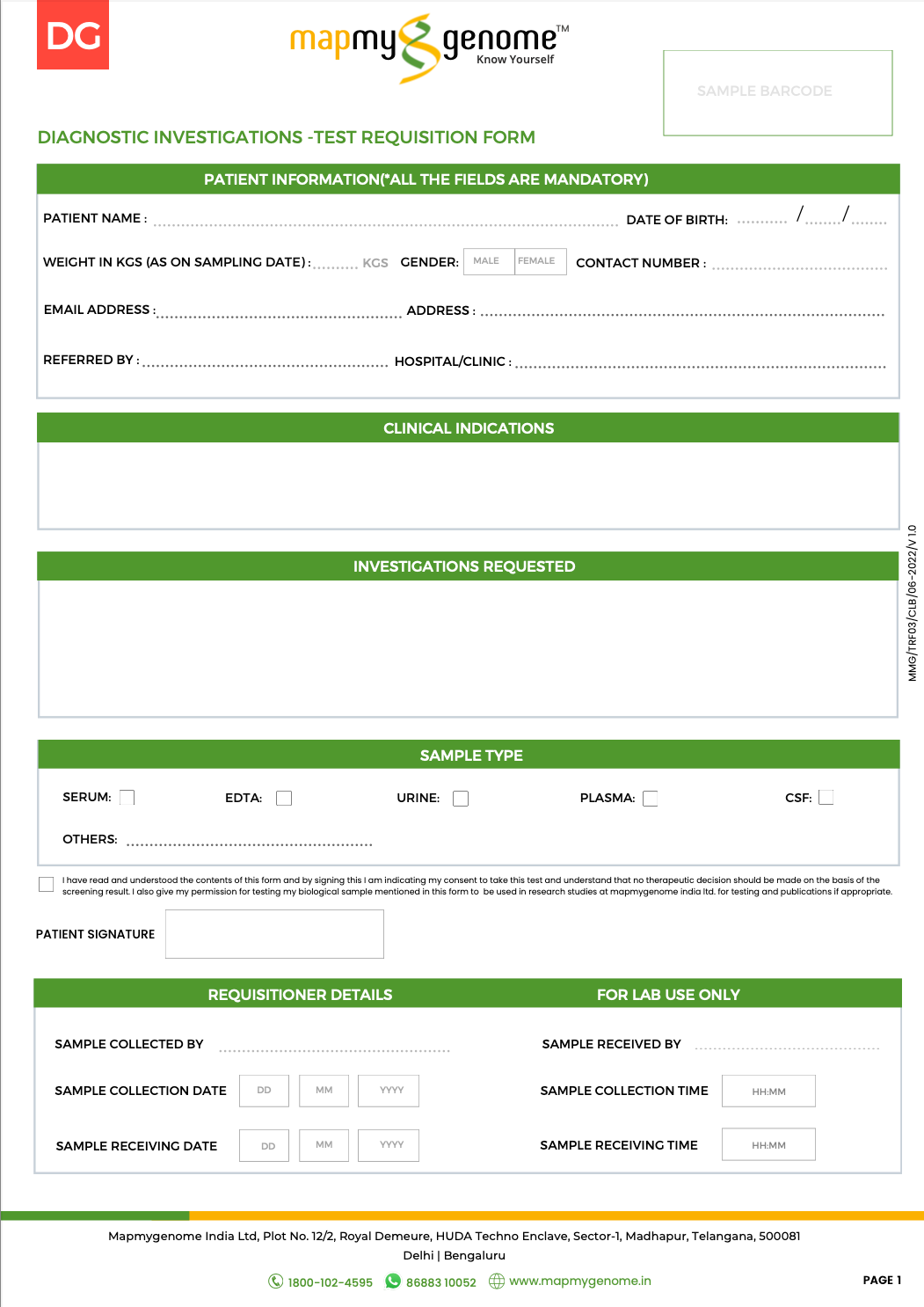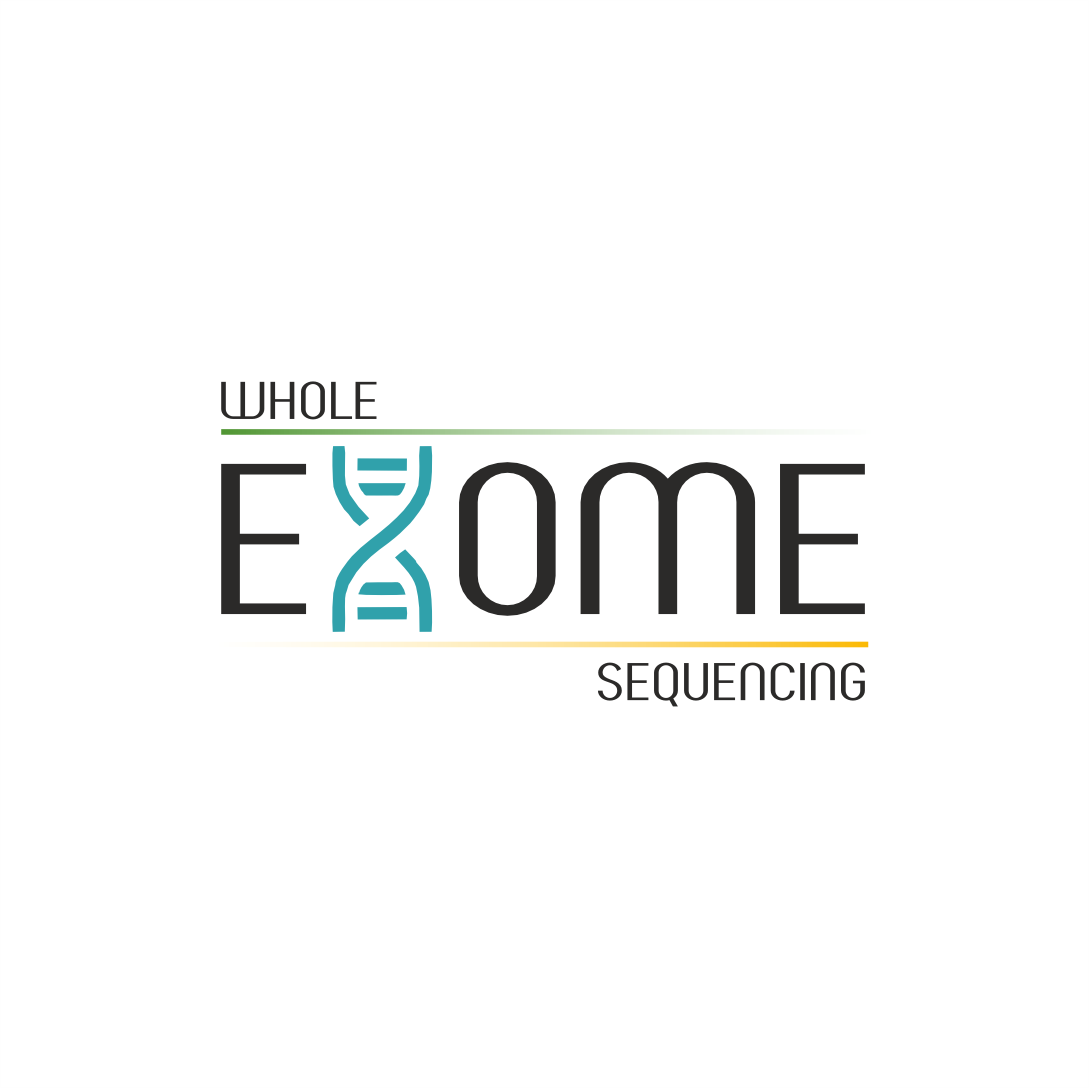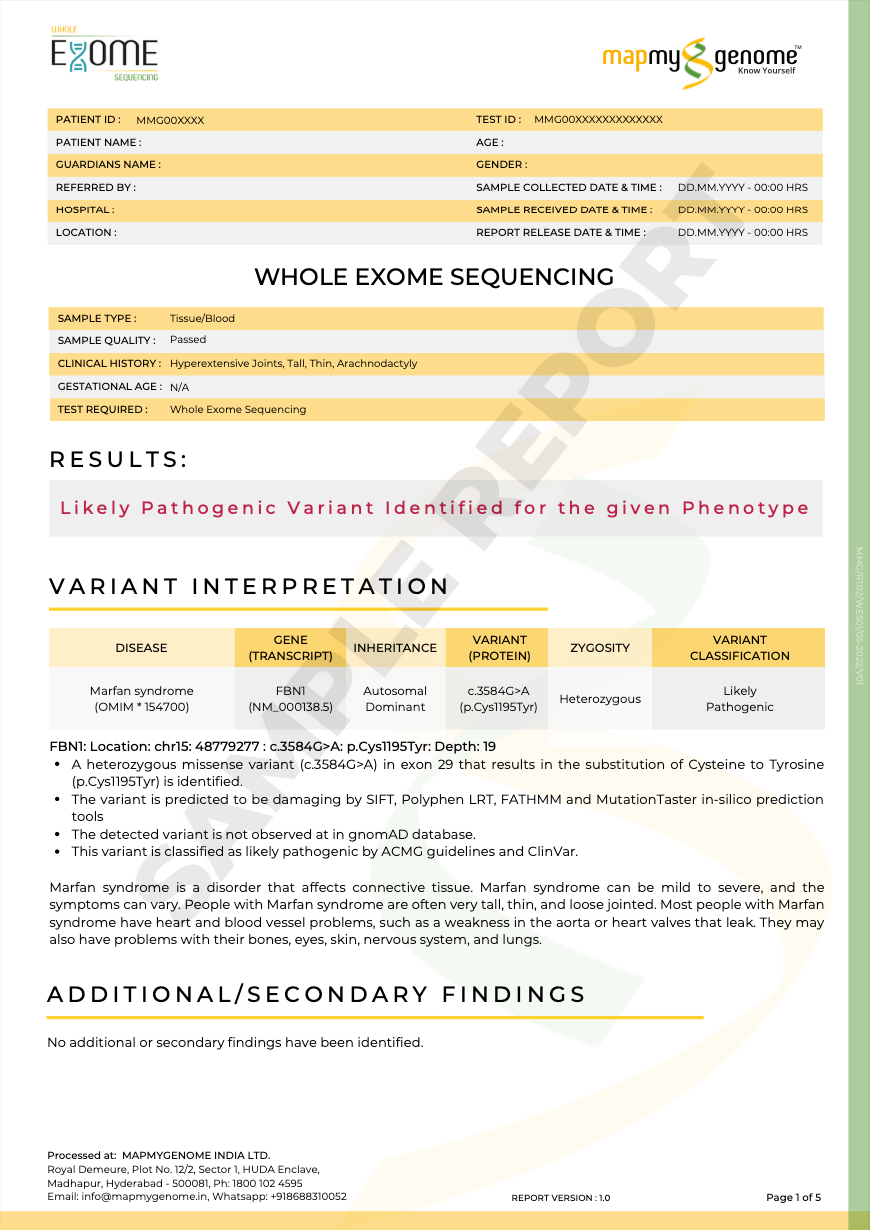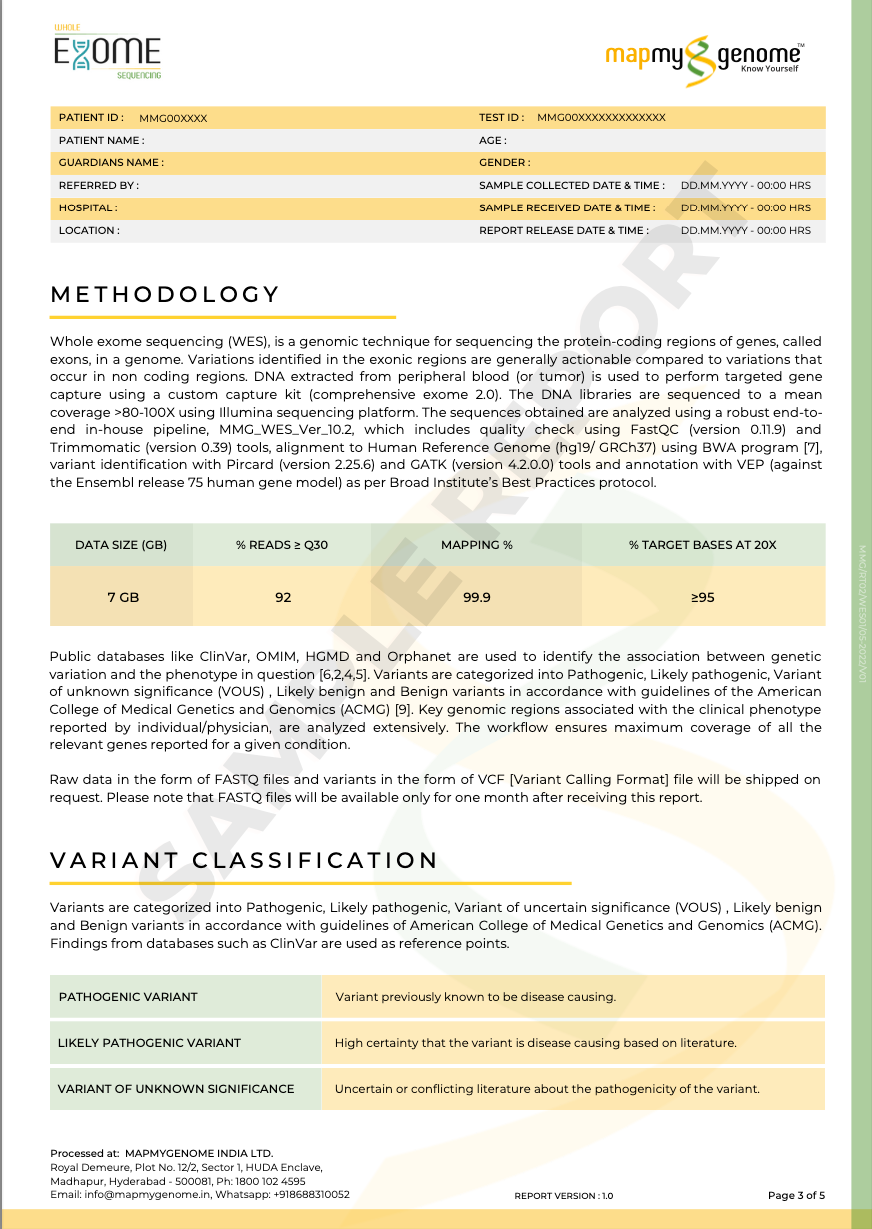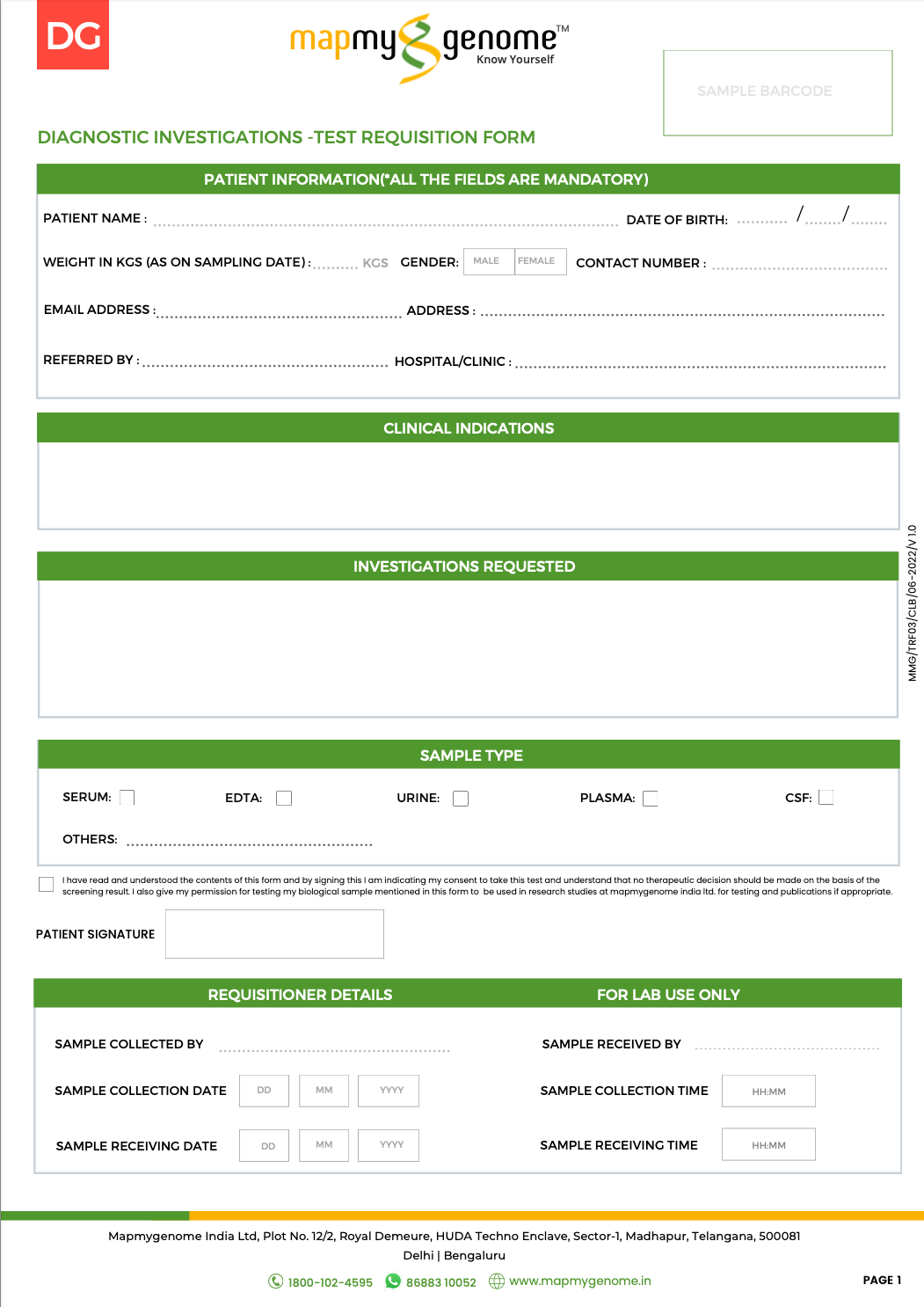एंजलमैन सिंड्रोम (एएस) एक दुर्लभ आनुवंशिक विकार है जो मुख्य रूप से तंत्रिका तंत्र को प्रभावित करता है, जिससे विकास संबंधी देरी, बौद्धिक अक्षमता और गंभीर भाषण हानि होती है। ब्रिटिश बाल रोग विशेषज्ञ डॉ. हैरी एंजलमैन के नाम पर, जिन्होंने पहली बार 1965 में इस स्थिति का वर्णन किया था, एंजलमैन सिंड्रोम को अक्सर ऑटिज्म और सेरेब्रल पाल्सी जैसे अन्य विकारों के साथ इसके ओवरलैपिंग लक्षणों के कारण गलत निदान किया जाता है। हालाँकि, बढ़ती जागरूकता और आनुवंशिक परीक्षण में प्रगति के साथ, प्रारंभिक निदान और हस्तक्षेप अब अधिक प्राप्त करने योग्य हैं।
एंजलमैन सिंड्रोम का क्या कारण है?
एंजलमैन सिंड्रोम आमतौर पर क्रोमोसोम 15 की मातृ प्रति पर UBE3A जीन के विलोपन या उत्परिवर्तन के कारण होता है। UBE3A जीन मस्तिष्क के विकास और कार्य में महत्वपूर्ण भूमिका निभाता है। एक सामान्य व्यक्ति में, यह जीन मातृ और पैतृक दोनों गुणसूत्रों पर सक्रिय होता है, लेकिन मस्तिष्क के कुछ क्षेत्रों में, केवल मातृ जीन ही सक्रिय होता है। जब मातृ प्रति गायब या गैर-कार्यात्मक होती है, तो परिणाम एंजलमैन सिंड्रोम का विकास होता है।
चार मुख्य आनुवंशिक तंत्र हैं जो एंजेलमैन सिंड्रोम का कारण बन सकते हैं:
- मातृ गुणसूत्र 15q11-q13 क्षेत्र का विलोपन: यह सबसे आम कारण है, जो लगभग 70% मामलों में पाया जाता है।
- UBE3A उत्परिवर्तन: UBE3A जीन में उत्परिवर्तन, जो लगभग 10% मामलों को प्रभावित करता है।
- पैतृक एकपक्षीय विकृति (यूपीडी): गुणसूत्र 15 की दोनों प्रतियां पिता से विरासत में मिलती हैं, माता से कोई भी नहीं, जिसके कारण लगभग 3-5% मामलों में ऐसा होता है।
- इम्प्रिंटिंग दोष: इसमें इम्प्रिंटिंग प्रक्रिया में दोष होता है, जो UBE3A जीन की अभिव्यक्ति को प्रभावित करता है।
एंजलमैन सिंड्रोम के लक्षणों को पहचानना
एंजलमैन सिंड्रोम की विशेषता कई तरह के लक्षणों से होती है, जिनकी गंभीरता अलग-अलग हो सकती है। आम लक्षणों में शामिल हैं:
- विकासात्मक देरी: यह अक्सर सबसे पहले ध्यान देने योग्य लक्षणों में से एक है। एएस से पीड़ित बच्चे अपेक्षित उम्र में रेंगना या चलना नहीं जानते और उन्हें मोटर कौशल में कठिनाई हो सकती है।
- वाक् विकलांगता: एंजेलमैन सिंड्रोम से पीड़ित अधिकांश व्यक्तियों में बोलने की क्षमता बहुत कम या बिलकुल नहीं होती, हालांकि वे अशाब्दिक तरीकों का उपयोग करके संवाद कर सकते हैं।
- प्रसन्नचित्त व्यवहार: ए.एस. से पीड़ित व्यक्ति प्रायः बहुत प्रसन्न, उत्साहित व्यवहार वाले होते हैं, तथा अक्सर मुस्कुराते और हंसते रहते हैं।
- दौरे: मिर्गी एक आम बीमारी है, तथा दौरे आमतौर पर 2 से 3 वर्ष की आयु के बीच शुरू होते हैं।
- गति एवं संतुलन संबंधी विकार: व्यक्तियों की गति झटकेदार, कठपुतली जैसी हो सकती है तथा संतुलन बनाए रखने में उन्हें कठिनाई हो सकती है।
अन्य लक्षणों में अति सक्रियता, कम ध्यान अवधि, नींद में गड़बड़ी और हाथ फड़फड़ाने जैसे असामान्य व्यवहार शामिल हो सकते हैं।
एंजलमैन सिंड्रोम के लिए निदान और आनुवंशिक परीक्षण
एंजलमैन सिंड्रोम के निदान में आमतौर पर नैदानिक मूल्यांकन और आनुवंशिक परीक्षण का संयोजन शामिल होता है। क्योंकि लक्षण अन्य विकारों के समान हो सकते हैं, इसलिए एक निश्चित निदान के लिए आमतौर पर आनुवंशिक परीक्षण की आवश्यकता होती है।
- मिथाइलेशन विश्लेषण : यह परीक्षण विलोपन या इम्प्रिंटिंग दोष के कारण होने वाले एंजेलमैन सिंड्रोम के अधिकांश मामलों का पता लगा सकता है।
- UBE3A जीन अनुक्रमण: इस परीक्षण का उपयोग UBE3A जीन में उत्परिवर्तन का पता लगाने के लिए किया जाता है।
- क्रोमोसोमल माइक्रोएरे विश्लेषण (सीएमए) : यह परीक्षण 15q11-q13 क्षेत्र के विलोपन की पहचान कर सकता है।
इस स्थिति को प्रभावी ढंग से प्रबंधित करने के लिए प्रारंभिक निदान महत्वपूर्ण है। एक बार निदान हो जाने पर, आनुवंशिक परामर्श परिवारों को विकार को समझने और भविष्य की गर्भावस्था में पुनरावृत्ति के जोखिमों पर चर्चा करने में मदद कर सकता है।
एंजलमैन सिंड्रोम का उपचार और प्रबंधन
एंजलमैन सिंड्रोम के लिए फिलहाल कोई इलाज नहीं है, लेकिन विभिन्न उपचार और हस्तक्षेप से प्रभावित लोगों के जीवन की गुणवत्ता में उल्लेखनीय सुधार हो सकता है। उपचार आम तौर पर लक्षणात्मक और सहायक होता है, जो लक्षणों के प्रबंधन और व्यक्ति की क्षमताओं को बढ़ाने पर केंद्रित होता है।
- वाक् चिकित्सा: यद्यपि मौखिक संचार सीमित हो सकता है, वाक् चिकित्सा व्यक्तियों को वैकल्पिक संचार विधियों, जैसे सांकेतिक भाषा या संचार उपकरणों को विकसित करने में मदद कर सकती है।
- भौतिक चिकित्सा: मोटर कौशल, संतुलन और समन्वय को बेहतर बनाने में मदद करती है।
- व्यावसायिक चिकित्सा: दैनिक जीवन कौशल में सुधार पर ध्यान केंद्रित करती है।
- व्यवहार थेरेपी: अति सक्रियता, अल्प ध्यान अवधि और अन्य व्यवहार संबंधी मुद्दों पर ध्यान देती है।
- दवाएं: दौरे को नियंत्रित करने के लिए अक्सर एंटीकॉन्वल्सेन्ट दवाएं निर्धारित की जाती हैं, जबकि अन्य दवाओं का उपयोग नींद की गड़बड़ी या अति सक्रियता को ठीक करने के लिए किया जा सकता है।
एंजलमैन सिंड्रोम के साथ जीना
एंजलमैन सिंड्रोम के साथ जीवन में अनोखी चुनौतियाँ आती हैं, लेकिन सही सहायता और हस्तक्षेप के साथ, व्यक्ति संतुष्टिपूर्ण जीवन जी सकते हैं। अपने प्रियजनों की निरंतर देखभाल और सहायता में परिवार महत्वपूर्ण भूमिका निभाते हैं। सहायता समूह और संगठन मूल्यवान संसाधन प्रदान कर सकते हैं और परिवारों को समान चुनौतियों का सामना करने वाले अन्य लोगों से जोड़ सकते हैं।
एंजलमैन सिंड्रोम के प्रबंधन में शिक्षा भी एक महत्वपूर्ण घटक है। एएस से पीड़ित बच्चे अपनी ज़रूरतों के हिसाब से विशेष शैक्षणिक कार्यक्रमों से लाभ उठा सकते हैं, जो एक सहायक वातावरण में उनकी क्षमता को अधिकतम करने पर ध्यान केंद्रित करते हैं।
एंजलमैन सिंड्रोम को समझने में आनुवंशिक परीक्षण की भूमिका
जेनेटिक परीक्षण ने एंजलमैन सिंड्रोम को समझने और उसका निदान करने के तरीके में क्रांतिकारी बदलाव किया है। मैपमाईजीनोम के होल एक्सोम सीक्वेंसिंग जैसे परीक्षण, जो व्यापक आनुवंशिक जानकारी प्रदान करते हैं, विभिन्न स्वास्थ्य स्थितियों के लिए आनुवंशिक प्रवृत्तियों की पहचान करने में मदद कर सकते हैं, जिनमें एंजलमैन सिंड्रोम के लक्षणों के साथ ओवरलैप होने वाली स्थितियाँ भी शामिल हैं। हालाँकि होल एक्सोम सीक्वेंसिंग को विशेष रूप से एंजलमैन सिंड्रोम के निदान के लिए डिज़ाइन नहीं किया गया है, लेकिन यह किसी व्यक्ति के आनुवंशिक स्वास्थ्य के बारे में बहुमूल्य जानकारी प्रदान करता है, जो आगे के परीक्षण और परामर्श का मार्गदर्शन कर सकता है।
एंजलमैन सिंड्रोम के इतिहास वाले परिवारों या आनुवंशिक विकारों के बारे में चिंतित लोगों के लिए, आनुवंशिक परामर्श और परीक्षण स्पष्टता और मन की शांति प्रदान कर सकते हैं, तथा स्थिति को समझने और प्रबंधित करने में आगे का रास्ता दिखा सकते हैं।
निष्कर्ष
एंजेलमैन सिंड्रोम, हालांकि दुर्लभ है, एक ऐसी स्थिति है जो प्रभावित लोगों और उनके परिवारों के जीवन को महत्वपूर्ण रूप से प्रभावित करती है। आनुवंशिक परीक्षण और एक व्यापक उपचार योजना के माध्यम से प्रारंभिक निदान लक्षणों को प्रबंधित करने और जीवन की गुणवत्ता में सुधार करने में मदद कर सकता है। जैसा कि हम इस आनुवंशिक विकार के बारे में अधिक जानना जारी रखते हैं, जागरूकता, अनुसंधान और समर्थन के महत्व को कम करके नहीं आंका जा सकता है।
जो लोग अधिक जानकारी, सहायता या आनुवंशिक परीक्षण के विकल्प चाहते हैं, उनके लिए मैपमाईजीनोम जैसे संगठन संसाधन उपलब्ध कराते हैं, जो एंजेलमैन सिंड्रोम और अन्य आनुवंशिक स्थितियों को समझने और प्रबंधित करने में सहायता कर सकते हैं।



